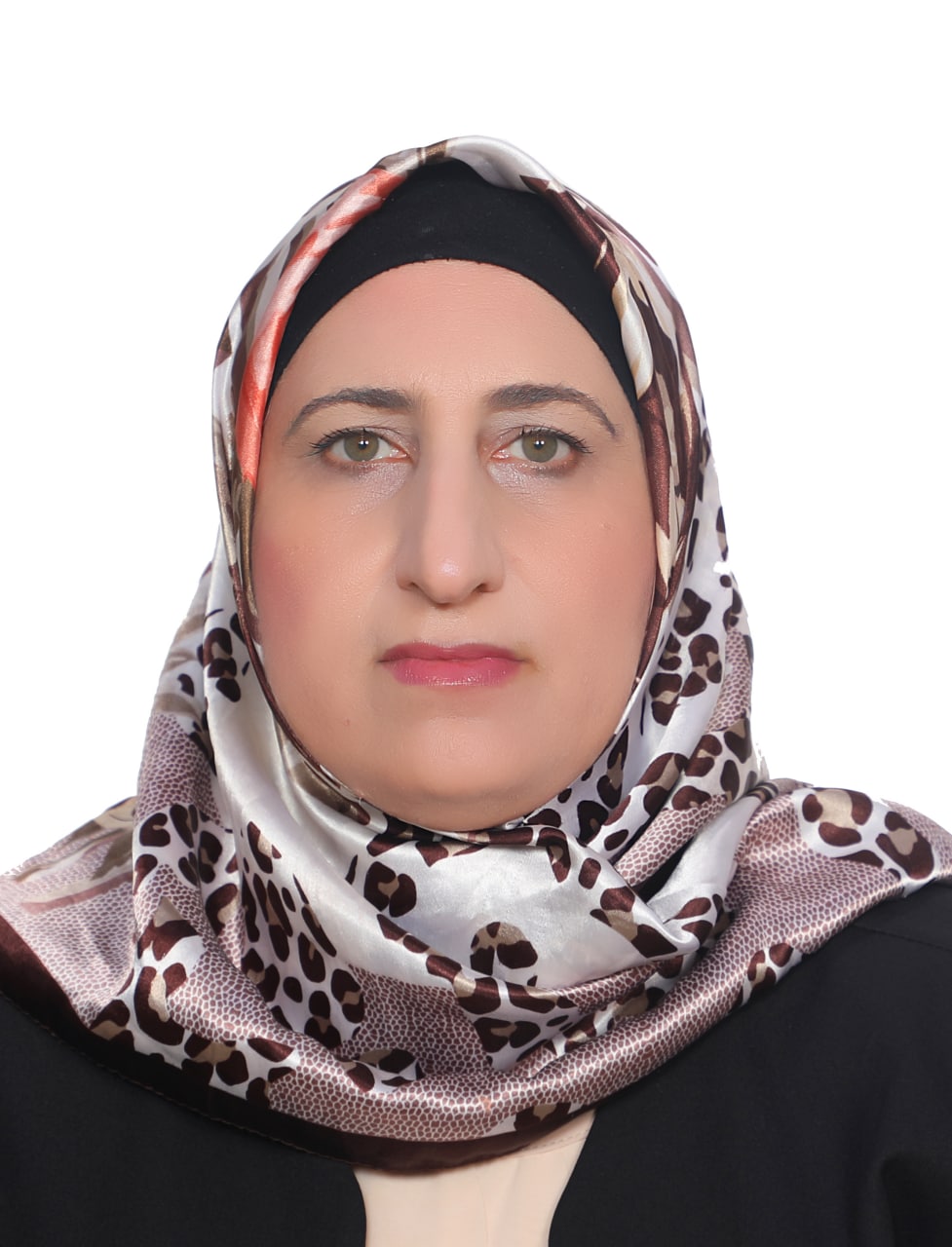
lubabharith AL-BAK
Research Interestscomputer engineering
image processing
artificial intelligent
| Gender | FEMALE |
|---|---|
| Place of Work | Technical Engineering College for Computer and AI / Mosul |
| Department | Department of Cybersecurity Engineering Techniques |
| Position | lecturer |
| Qualification | computer engineering |
| Speciality | هندسة الحاسبات |
| lubab_harith@ntu.edu.iq | |
| Phone | 07738499026 |
| Address | Mosul, Ninava, Mosul, Iraq |
Working Experience
1 [الكلية التقنية الهندسية \الموصل]
Dec 12, 1998 - Jan 9, 2023مسؤول وحدة المختبرات بضمان الجودة للكلية
عضو لجنة امتحانية لسنتين
2 [الكلية التقنية الهندسية للحاسوب والذكاء الاصطناعي \الموصل]
Jan 9, 2023 - Presentتدريسي بقسم هندسة الحاسوب
عضو لجنة امتحانية
Publications
Translating Sumerian Symbols into French Letters
Nov 3, 2024Journal NTU Journal of Engineering and Technology
DOI https://doi.org/10.56286/ntujet.v3i1.660
Sumerian symbols, which look like cuneiform letters, were used in a very old writing style. In this paper, a new method to translate the Sumerian symbols into French letters is introduced. It is based on the Cascade- Forward Neural Network (CFNN). The CFNN is exploited and adapted for the translation issue. It accepts a cuneiform letter image as an input and produces an appropriate output that refers to the translated french letter. Reasonable image augmentations are employed. These augmentations are for the: left direction rotations, right direction rotations and multiple translation directions (to the left, right, bottom and top). Total of 780 images are utilized for rotations and 338 images are collected for translations. This work can successfully attain the performance of 100%.
Palm print verification based deep learning
Mar 6, 2021Journal TELKOMNIKA Telecommunication, Computing, Electronics and Control
DOI 10.12928/TELKOMNIKA.v19i3.16573
Issue 1693-6930,
Volume 19
In this paper, we consider a palm print characteristic which has taken wide attentions in recent studies. We focused on palm print verification problem by designing a deep network called a palm convolutional neural network (PCNN). This network is adapted to deal with two-dimensional palm print images. It is carefully designed and implemented for palm print data. Palm prints from the Hong Kong Polytechnic University Contact-free (PolyUC) 3D/2D hand images dataset are applied and evaluated. The results have reached the accuracy of 97.67%, this performance is superior and it shows that our proposed method is efficient.
Translating cuneiform symbols using artificial neural network
Jan 9, 2021Journal TELKOMNIKA Telecommunication, Computing, Electronics and Control
DOI 10.12928/telkomnika.v19i2.16134
Cuneiform language is an old language that was invented by the people of Sumerian nation. It is an essential language for many archeologists. Especially who are interested in studying and investigating the old nations of Iraq. Dealing with this type of language usually requires specialist to translate its symbols, which are basically forms of nail shapes. This study presents a new approach to translate the cuneiform writing by employing artificial neural network (ANN) technique. Effectively, multi-layer perceptron (MLP) neural network has been adapted for translating the Sumerian cuneiform symbol images to their corresponding English letters. This work has been successfully established and it attained 100%. © 2020, TELKOMNIKA Telecommunication, Computing, Electronics and Control. All Rights Reserved
Design Security System based on Arduino
Dec 1, 2020Journal test engineering & management
publisher The Mattingley Publishing Co., Inc.
Issue 0193-4120 Page No. 3341 - 3346
Volume 82
Advanced technologies make life easier where people can protect their properties from burglars even if they exist in different locations. This paper presents a security system that uses Arduino with a mobile phone for remote protection. The proposed system has an infrared sensor that sends a signal to the microcontroller after detecting a motion. After processing the signal, the mobile takes a picture and sends warning messages to the stored phone numbers of the property owner. This can reduce the risk of having a burglar threat. The proposed design has advantages of low cost and flexible security.
Wireless Waiter Robot
Dec 12, 2019Journal test engineering & management
publisher The Mattingley Publishing Co., Inc.
Issue 0193-4120 Page No. 2486- 2494
Volume 81
A robotic waiter with integrated technology is an ideal solution for restaurants. This paper considers facilitating the services in restaurants. Many problems can be observed in this case such as overcrowding of customers and lacking for waiters. These problems can be addressed by using the robotic techniques. In this study, A waiter robot and a smart restaurant are designed to provide better services for customers. The robot can response to a lighting signal from any table in order to provide the restaurant services for that location. In addition, the customer can use an Electronic-Menu (E-Menu) which is embedded within the robot to select his/her order. The order will be sent to the kitchen and the food will be prepared. Consequently, it can be delivered to the determined table by the waiter robot. A credit card service within the same robot is suggested for payment purposes.






